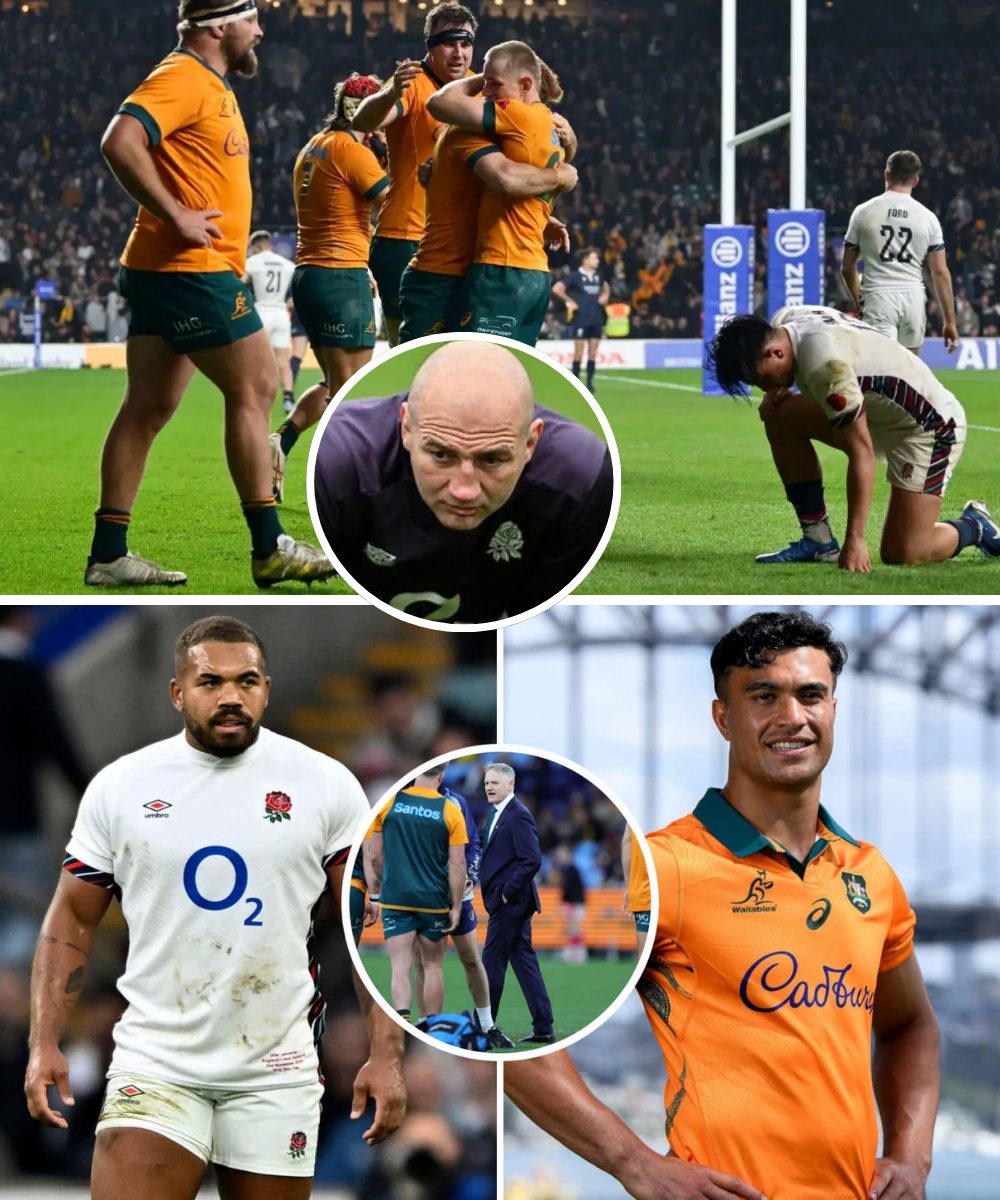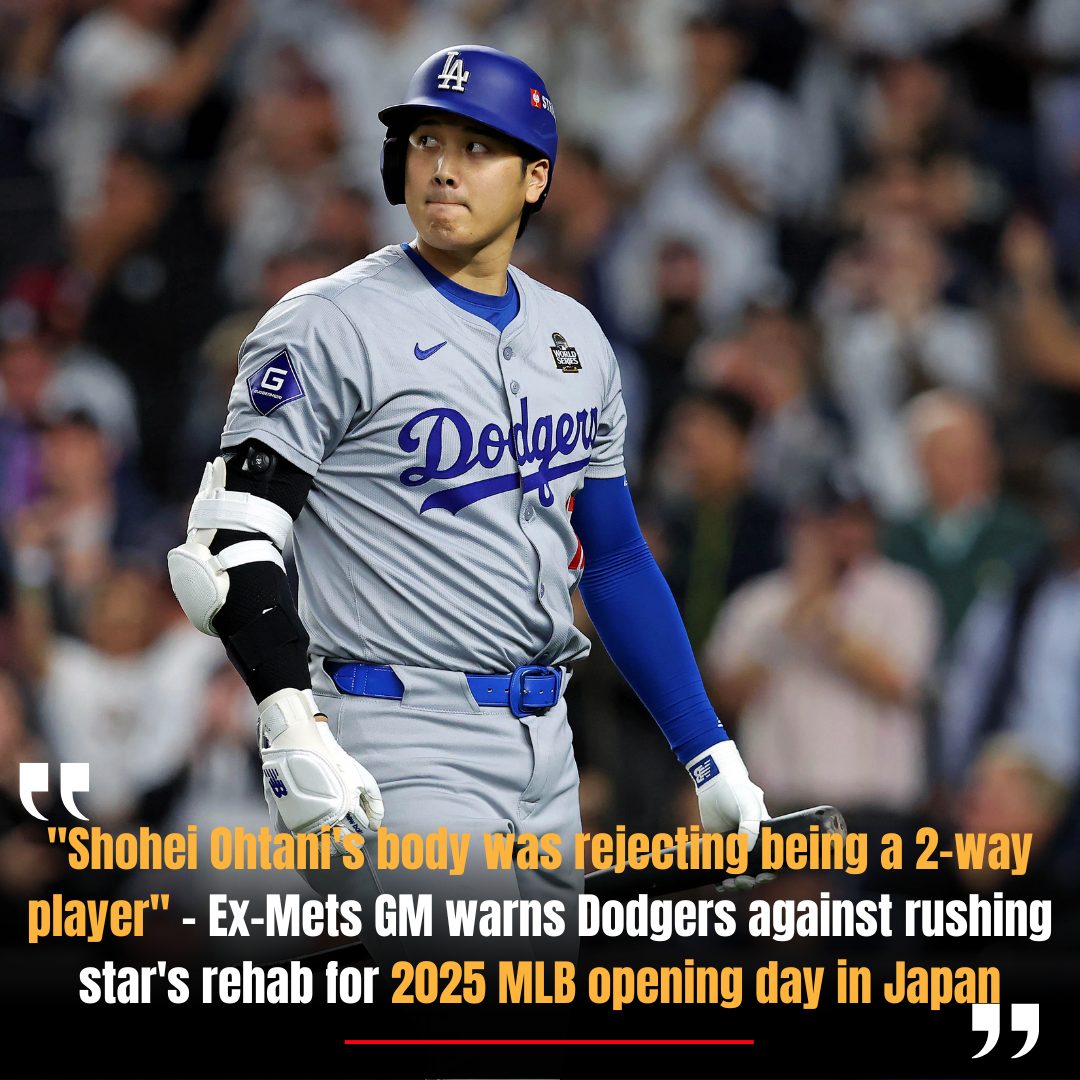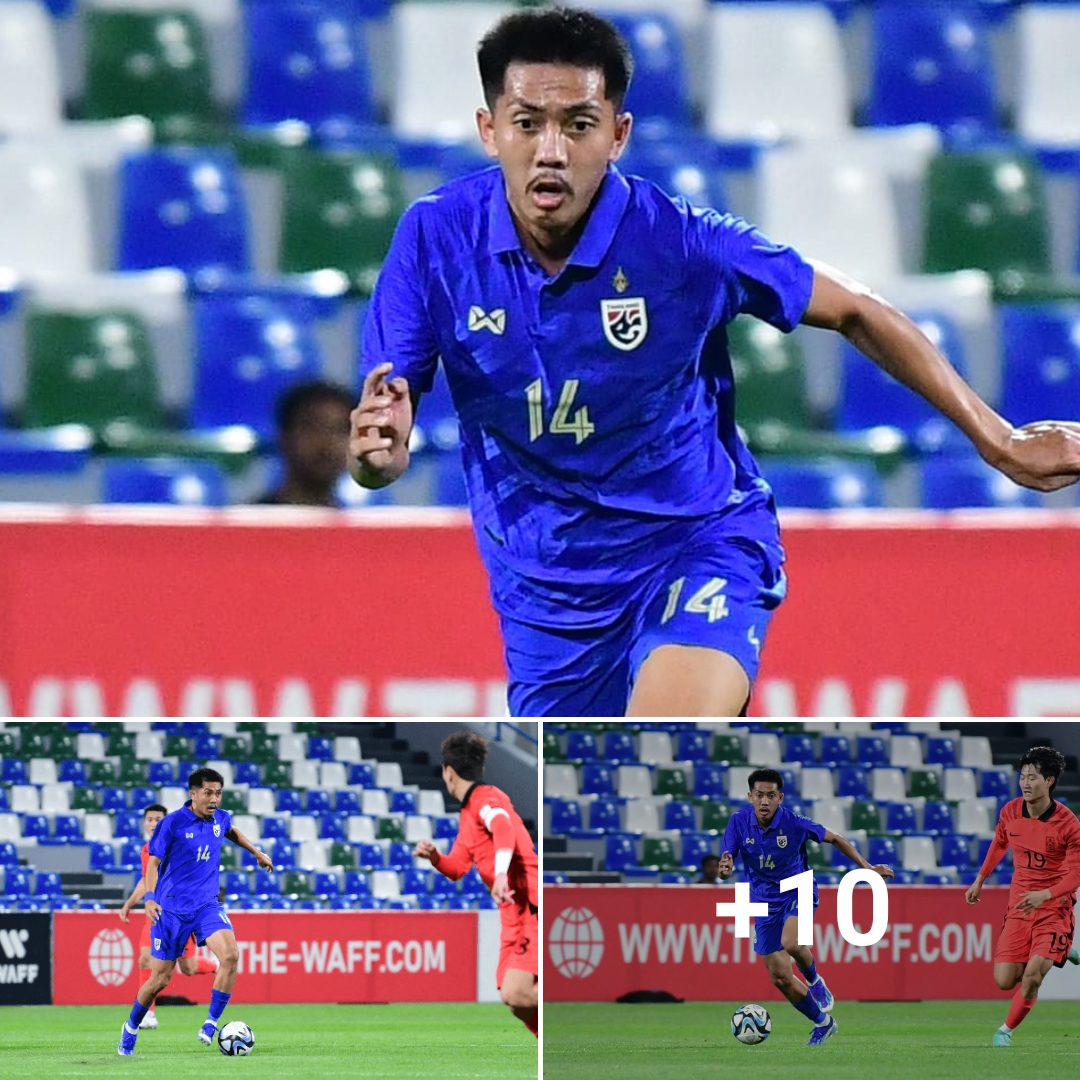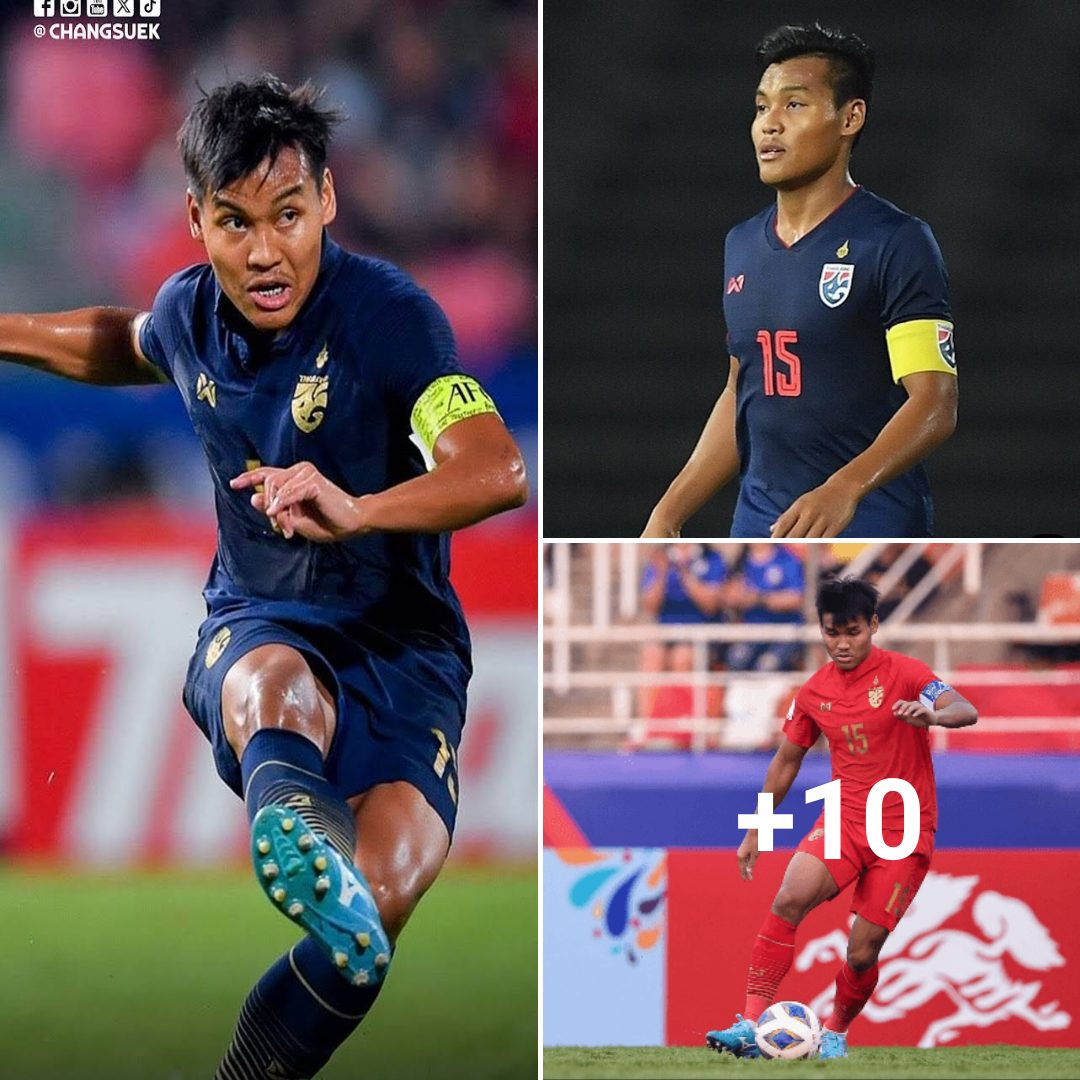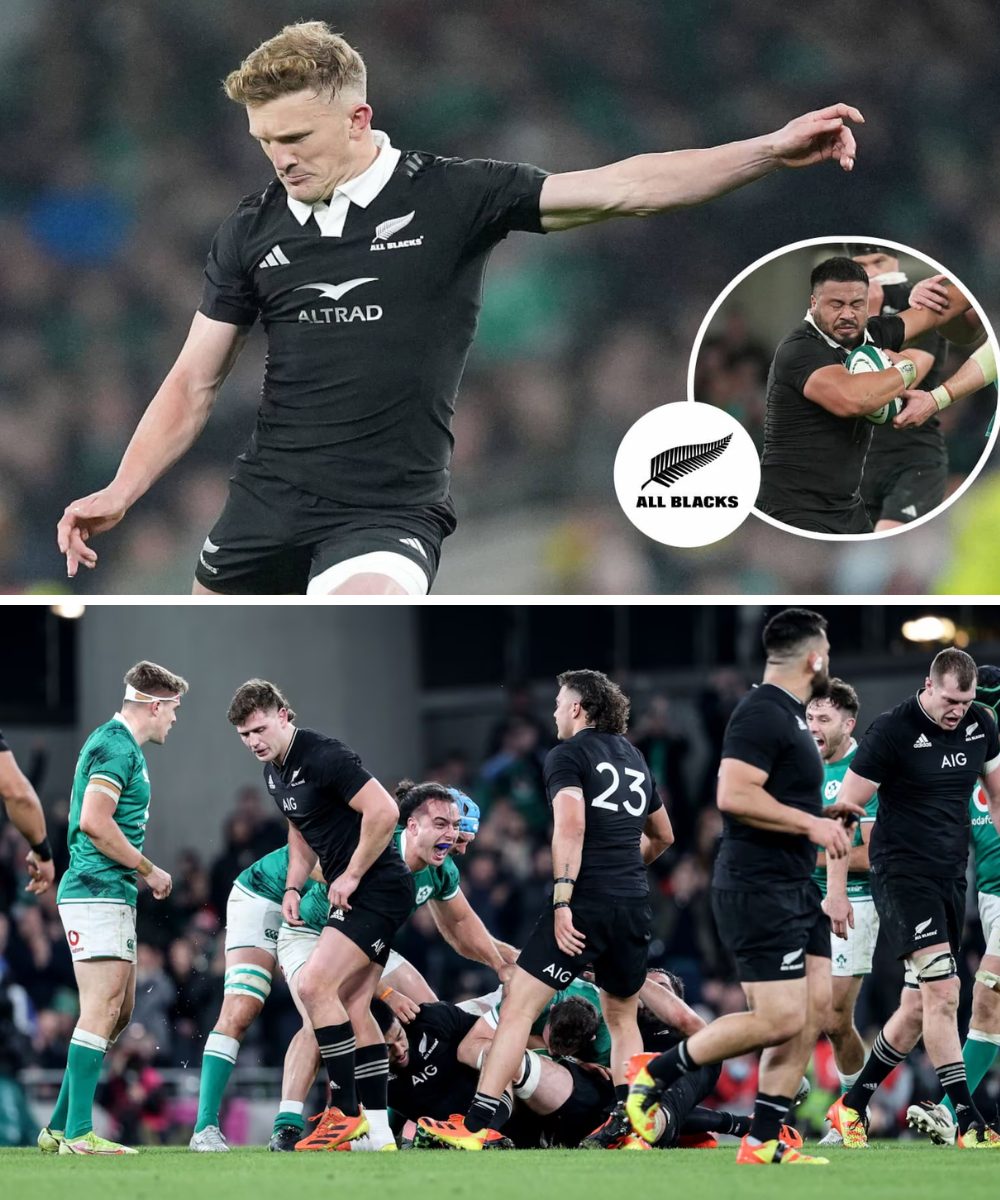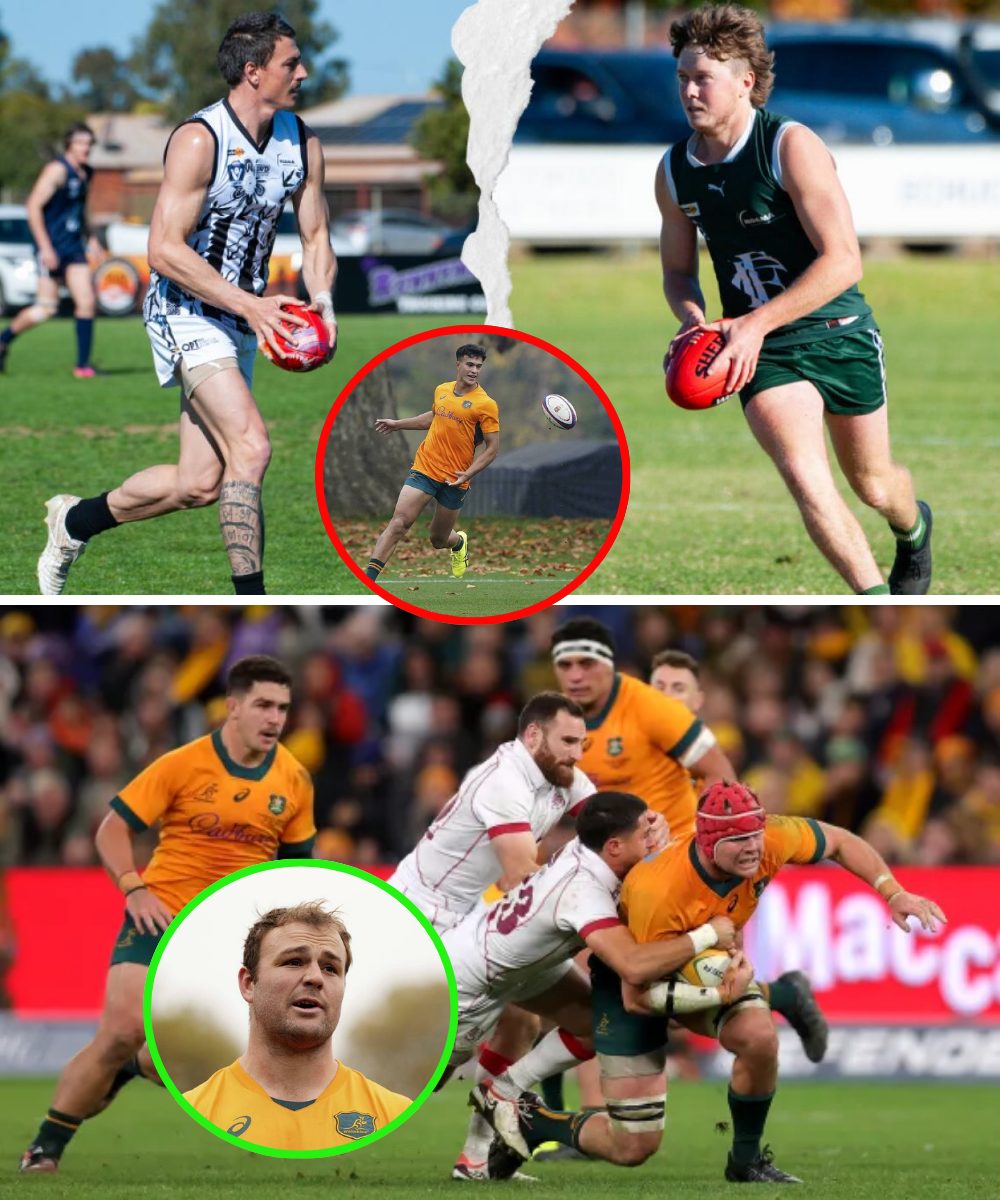Even with their long history of success with six NBA championships, the Chicago Bulls have made some draft and trade mistakes that left many NBA fans scratching their heads.
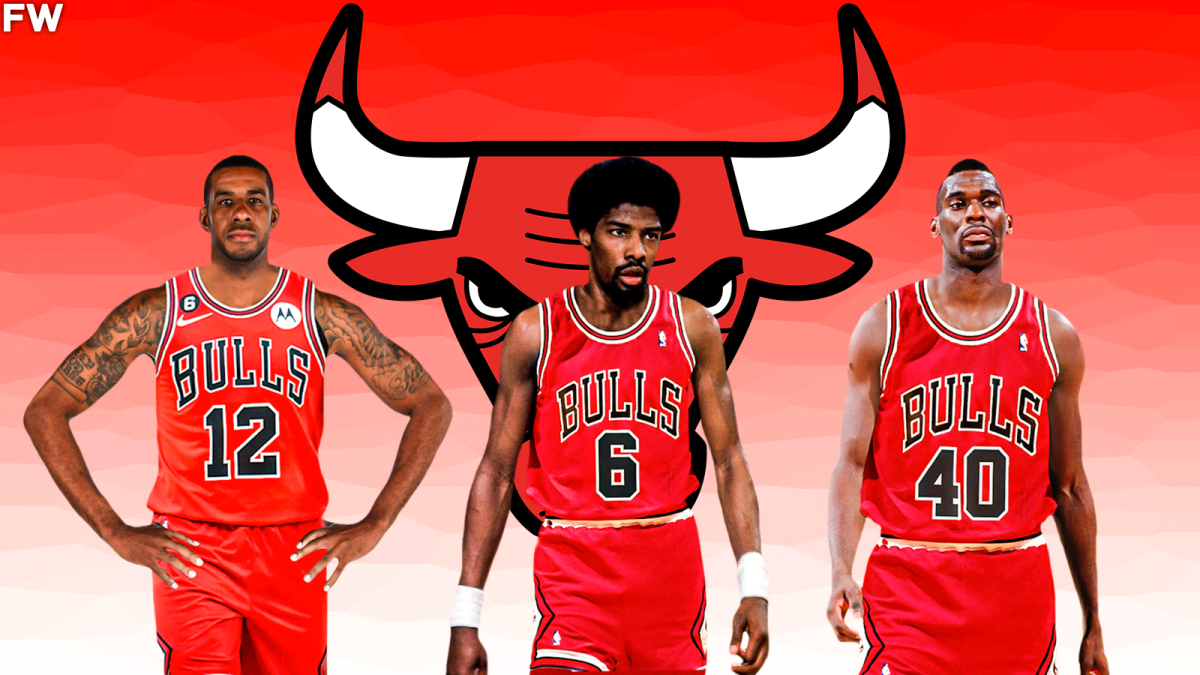
As any human being is, NBA franchises and front offices are prone to making devastating mistakes on both the NBA Draft and trade fronts. Some franchises have been less fortunate in this area while others have been lucky to not repeat the same mistakes over and over again. Recently, we talked about franchises such as the Golden State Warriors and Los Angeles Lakers and the mistakes they have made within the NBA Draft and with trades they have made.
Today, the team we will be discussing is one of the most successful teams in NBA history known for being home to the greatest NBA player ever as well as being six-time NBA champions, the Chicago Bulls. Over the years, the Bulls have made their fair share of mistakes in their front office, which have mostly come from the pre and post-Jerry Krause eras. Despite all of their success, the Bulls have not been NBA champions or even made the Finals since 1998, and they haven’t helped themselves get back there either.
For all of their rich history, the Bulls also have had long stretches of time where they were appalling to watch as they missed the playoffs annually or were flat-out so bad, they weren’t even competitive. Many of these mistakes are likely the reason for that.
These are the greatest draft and trade mistakes in Chicago Bulls history.
The Worst Draft Mistakes In Chicago Bulls History1967 NBA Draft
Credit: Fadeaway World
Chicago Bulls Selected: Clem Haskins, 3rd Overall Pick
Better Available Pick: Walt Frazier (5th Overall Pick)
For the first draft mistake in Bulls history, we have to travel all the way back to the 1967 NBA Draft where they held the third overall selection. With that selection, they decided to go with combo guard Clem Haskins from Western Kentucky. Haskins played very well for the Bulls in the three short seasons he was there, averaging 15.6 points and 4.6 assists per game over that span. After playing all 82 games in 1970 and averaging over 20.0 points per game, Haskins would be traded to the Suns where he spent four seasons before retiring in 1976 with the Washington Bullets.
Just two picks below Haskins was another guard who would end up becoming one of the greatest in NBA history for the New York Knicks. By 1970, Frazier would become an All-Star who would help lead the Knicks to their first NBA championship in franchise history averaging 20.9 points and 8.2 assists per game. In 1973, Frazier would help the Knicks win their second NBA championship with 21.1 points and 5.9 assists per game. Overall, Frazier would become a Hall of Famer with seven All-Star appearances, six All-NBA Team selections, and seven All-Defensive Team selections. This is one of the only times in NBA history that the Knicks were able to claim victory over the Bulls.
1972 NBA Draft
Credit: Fadeaway World
Chicago Bulls Selected: Ralph Simpson, 11th Overall Pick
Better Available Pick: Julius Erving (12th Overall Pick)
The next big mistake in Chicago Bulls draft history would come just five years later in 1972. This time, with the 11th overall pick, the Bulls would select Ralph Simpson, a shooting guard and small forward from Michigan State. Now, Simpson would spurn the Bulls for the ABA where he played six seasons for Denver. During that time, he would become a five-time All-Star and average 19.5 points per game.
Simpson would also go on to enjoy a five-year NBA career following his ABA days with the Pistons, Nuggets, Sixers, and Nets. During his NBA career, he averaged just 8.4 points per game while averaging over 10.0 points per game just twice.
Now, I know what you are thinking. Wouldn’t Julius Erving have just done the same thing and gone on to the ABA? Probably but there is also the chance he wants to play in Chicago and maybe the Bulls convince him to come to the Windy City instead. Either way, Erving would go on to become one of the greatest small forwards in NBA history and one of the most influential players ever. He would win one NBA title along with an MVP, 11 All-Star appearances, seven All-NBA Team selections, and an All-Defensive Team selection in 1976.
1976 NBA Draft
Credit: Fadeaway World
Chicago Bulls Selected: Scott May, 2nd Overall Pick
Better Available Pick: Adrian Dantley (6th Overall Pick)
It took just four more years before another mistake was made by the Bulls in the NBA Draft. This time, they held the second overall pick and decided on Scott May, a small forward from Indiana University. May would play five seasons with the Bulls in which he averaged 10.8 points and 4.3 rebounds per game on 45.5% shooting. He would play two more seasons in the NBA with the Bucks and Pistons before deciding to finish out his pro career in Italy where he stayed through 1988.
Looming down the draft board for Chicago was one of the most underrated scorers in NBA history, Adrian Dantley. Immediately upon his arrival to the NBA, Dantley was a scoring machine and an All-Star by his fourth season. Dantley would go on to average 30.0 points per game or more for four seasons straight from 1981 through 1984 and win himself two scoring titles in the process. For his career, he averaged 24.6 points per game on 54.0% shooting. Dantley would earn six All-Star selections as well as the 1977 Rookie of the Year award and two All-NBA Team selections in his career.
1989 NBA Draft
Credit: Fadeaway World
Chicago Bulls Selected: Stacey King, 6th Overall Pick
Better Available Pick: Shawn Kemp (17th Overall Pick)
The final draft mistake of note by the Bulls would come during the 1989 NBA Draft where they once again held a top 10 draft pick. With the sixth overall selection, the Bulls decided on center Stacey King from the University Of Oklahoma. King would debut with the Bulls for the 1990 season and even be a member of their first three-peat team from 1991 through 1993. However, during his time with the Bulls, King averaged just 6.6 points and 3.3 rebounds per game which is probably why the player who should have replaced him is held in such high regard.
That player is none other than The Reign Man himself, Shawn Kemp. As an athletic superhuman, Kemp would hit the ground running as a member of the Seattle SuperSonics. Kemp would spend eight seasons in Seattle where he averaged 16.2 points, 9.6 rebounds, 1.2 steals, and 1.5 blocks per game. He also helped them advance to the 1996 NBA Finals where they lost to the, you guessed it, Chicago Bulls.
Of course, this mistake didn’t hurt them in the long run as Horace Grant and Dennis Rodman were both key power forwards in each of their two three-peats as NBA champions during the 1990s. However, it would have been nice to see Kemp and Michael Jordan share the court together at some point in their careers.
The Worst Trades In Chicago Bulls History1982 Trade Between The Chicago Bulls And The San Antonio Spurs
Credit: Fadeaway World
Chicago Bulls Receive: Dave Corzine, Mark Olberding
San Antonio Spurs Receive: Artis Gilmore
Artis Gilmore is one of the greatest centers in NBA history. During his early days in the ABA, Gilmore was an MVP and perennial All-Star who towered over his opponents and could stop any interior force he was up against in the paint. He played for the Bulls for six seasons in the NBA averaging 19.3 points, 11.1 rebounds, and 2.1 blocks per game with four All-Star selections under his belt.
In 1982, Gilmore would be traded to the Spurs in exchange for Dave Corzine and Mark Olberding. He would earn two more All-Star selections while averaging 16.1 points, 9.7 rebounds, and 1.8 blocks per game in five seasons. As for Corzine, he would spend seven seasons with the team and averaged 9.8 points and 6.3 rebounds per game but never helped them win a championship or even make an All-Star team. Olberding would last only the 1983 season with Chicago averaging 8.7 points and 4.5 rebounds per game in a bench role for the most part.
It’s safe to say that the Bulls could have made more noise just a few years later if they had paired Gilmore with this player you may have heard of. His name is Michael Jordan. Let me know if that rings a bell.
1999 Trade Between The Chicago Bulls And The Houston Rockets
Credit: Fadeaway World
Chicago Bulls Receive: Roy Rogers, Second-Round Draft Pick
Houston Rockets Receive: Scottie Pippen
As the Bulls approached the 1998-99 season, they were heading into full rebuild mode after the departure of Phil Jackson, Michael Jordan, Dennis Rodman, and Steve Kerr after winning six NBA championships during the decade. Scottie Pippen, a vital and valuable part of all six titles would also be on his way out, traded to the Rockets in a deal that everyone was expecting to come to fruition.
The deal sent Pippen to Houston where he teamed up with Charles Barkley and Hakeem Olajuwon in one last chance at another NBA title. Of course, that didn’t pan out but Pippen was still a valuable double-digit scorer as well as a defender and playmaker. In exchange for Pippen, the Bulls received Roy Rogers, a power forward who had done nothing during the first two seasons of his career.
To show how much the Bulls truly valued Rogers’ arrival in Chicago, they waived 10 days later. Rogers would not even play a game during the 1999 season and appeared in just 40 games in 2000 for the Nuggets before retiring at season’s end. The deal was always going to happen as Pippen and the Bulls were at odds for some time. However, they could have at least gotten a player of equal value in return.
2001 Trade Between The Chicago Bulls And The Los Angeles Clippers
Credit: Fadeaway World
Chicago Bulls Receive: Brian Skinner, Tyson Chandler
Los Angeles Clippers Receive: Elton Brand
In the 1999 NBA Draft, the Bulls took Elton Brand with their number-one overall pick. Brand would go on to win the 2000 NBA Rookie of the Year award in his first season with the team. He averaged 20.1 points, 10.0 rebounds, and 1.6 blocks per game in two seasons overall with the Bulls.
In 2001, Brand would ask out of Chicago and they obliged him with a deal to the Clippers. In exchange, the Bulls would receive both Brian Skinner and the draft rights to Tyson Chandler. While Chandler would go on to become an NBA champion with the Mavericks and a Defensive Player of the Year, his time in Chicago was nowhere near as productive. In five years with the team, Chandler would average 7.1 points, 7.7 rebounds, and 1.4 blocks per game.
Meanwhile, the Bulls and their fans would watch as Elton Brand became an All-Star and complete player with the Clippers. Brand would average 20.3 points, 10.3 rebounds, 1.0 steals, and 2.3 blocks per game in seven seasons with Los Angeles, earning two All-Star appearances and an All-NBA Team selection in 2006.
2002 Trade Between The Chicago Bulls And The Indiana Pacers
Credit: Fadeaway World
Chicago Bulls Receive: Jalen Rose, Travis Best, Norm Richardson
Indiana Pacers Receive: Ron Artest, Kevin Ollie, Brad Miller, Ron Mercer
The Chicago Bulls of the early 2000s were such a mess that they tried everything to rebuild and rebuild again after the departure of Michael Jordan and other core members of their ’90s championship teams. In 2002, the Bulls decided to level their team and trade their three leading scorers to the Pacers in exchange for a struggling star and two non-factors.
In the deal, the Pacers would receive Ron Artest, Brad Miller, Ron Mercer, and Kevin Ollie from the Bulls. Artest would go on to become one of the best defenders in the NBA and a catalyst for some really successful teams including the Lakers championship team in 2010. Miller would become an All-Star and a terrific passing big man while Mercer and Ollie reached the end of their playing days fairly quickly.
For the Bulls, Jalen Rose would eventually become one of their leading scorers averaging 21.4 points per game in 128 games played for the team. Travis Best and Norm Richardson would only appear in 38 games combined for Chicago before going their separate ways. It’s safe to say this was easily one of their worst trades ever.
2006 Trade Between The Chicago Bulls And The Portland Trail Blazers
Credit: Fadeaway World
Chicago Bulls Receive: Tyrus Thomas, Viktor Khryapa
Portland Trail Blazers Receive: LaMarcus Aldridge
A few seasons later, the Bulls were once again on the hunt for a franchise star to turn around their struggling franchise post-Michael Jordan. With their second overall pick, the Bulls took LaMarcus Aldridge, a star big man out of the University of Texas. After drafting him, they immediately dealt Aldridge to the Portland Trail Blazers for Tyrus Thomas, a big man out of LSU, and Viktor Khyrapa.
Khyrapa’s career would last just four seasons in the NBA as he managed to average 2.5 points and 1.8 rebounds in two years with the Bulls. Tyrus Thomas would spend just three and a half seasons in Chicago where he averaged 7.8 points and 5.1 rebounds per game. Thomas’ career would last nine seasons with the Bulls, Bobcats, and Grizzlies.
Aldridge, on the other hand, became a franchise player and star with the Trail Blazers and Spurs over the next 15 seasons. In nine seasons with the Trail Blazers, he would average 19.4 points, 8.4 rebounds, and 1.0 blocks per game with four All-Star selections to his name. In the next six seasons with the Spurs, he would average 19.5 points, 8.0 rebounds, and 1.3 blocks per game while earning three more All-Star selections. That is all you need to know about this extremely lopsided deal.
